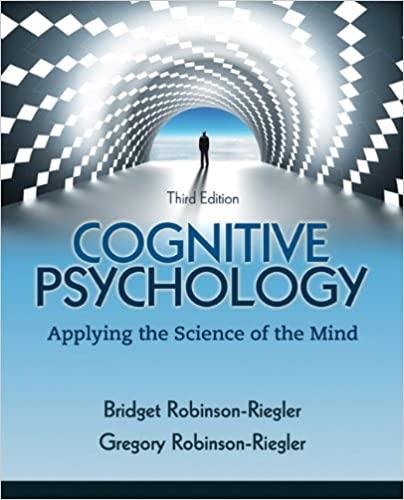Answered step by step
Verified Expert Solution
Question
1 Approved Answer
1. A little background for this question: several authors (e.g., Cassirer, Burke, and Geertz) made the point that human beings live in a world of
1. A little background for this question: several authors (e.g., Cassirer, Burke, and Geertz) made the point that human beings live in a world of meaning. Meaning is created through the interpretation of signs. One reason why I assigned the Chiang article was as an example of how anything (in this case, a smell) can become a sien, which can then become the center of not only psychological but also social, political, and economic processes. With that in mind, here's the question: Once upon a time, my girlfriend and I went to see the Red Sox play the ligers in a playoff game. We got there early enough to watch batting practice, so we stood along the rightfield line, hoping for David Ortiz to pull one over to us. Eventually he did - it was a line drive that landed about 40 feet to our left. My girlfriend was between me and the ball, so it was up to her. She looked at me, probably saw me salivating over this baseball, and ran for it. She had to put her shoulder down and take a kid out, but she got that ball (she didn't really take the child out, but that's how I like to remember it anyway). The ball has a scuff mark on it - either from where Ortiz hit it or from where it hit the stands when it landed. That ball is still sitting on the shelf in my study. . 2. How do you understand the idea of semiotic regulation? Can you give an example of semiotic regulation from the Hansen family (discussed in the Musaeus & Brinkmann paper) and from your own life today
Step by Step Solution
There are 3 Steps involved in it
Step: 1

Get Instant Access to Expert-Tailored Solutions
See step-by-step solutions with expert insights and AI powered tools for academic success
Step: 2

Step: 3

Ace Your Homework with AI
Get the answers you need in no time with our AI-driven, step-by-step assistance
Get Started


